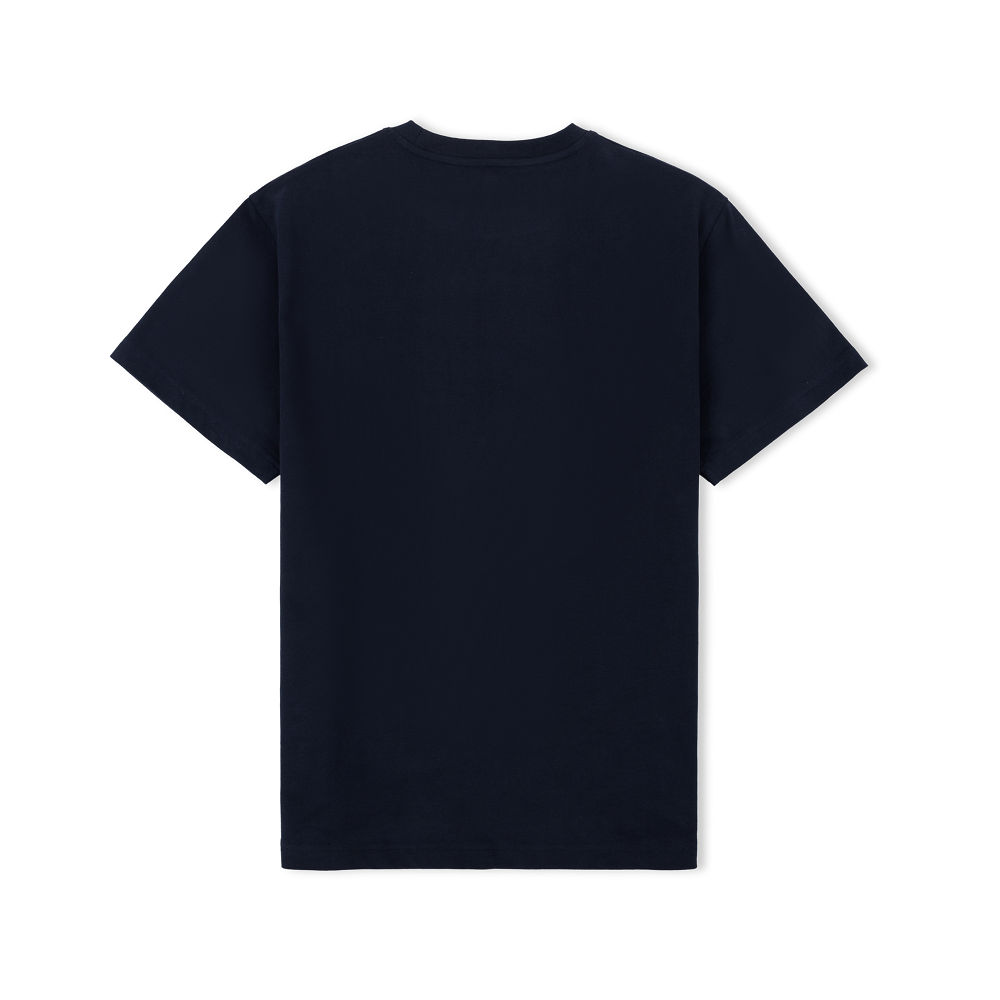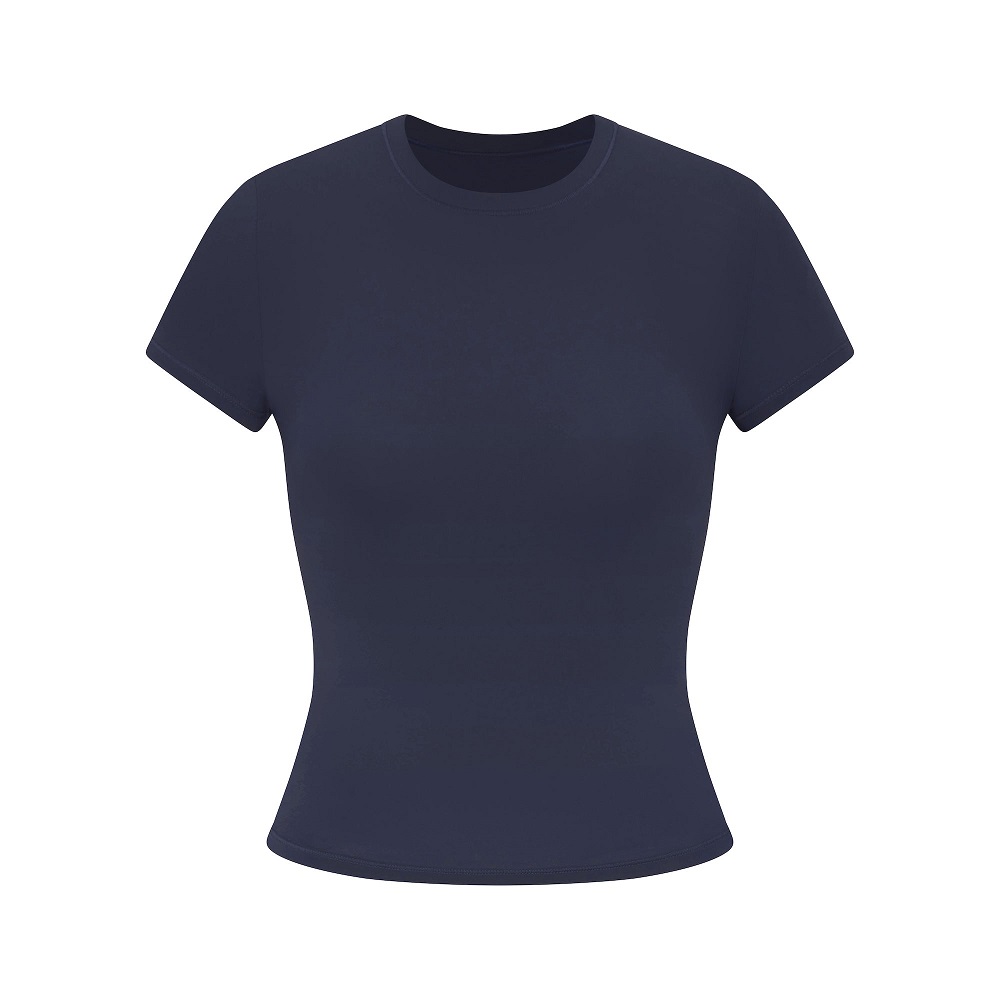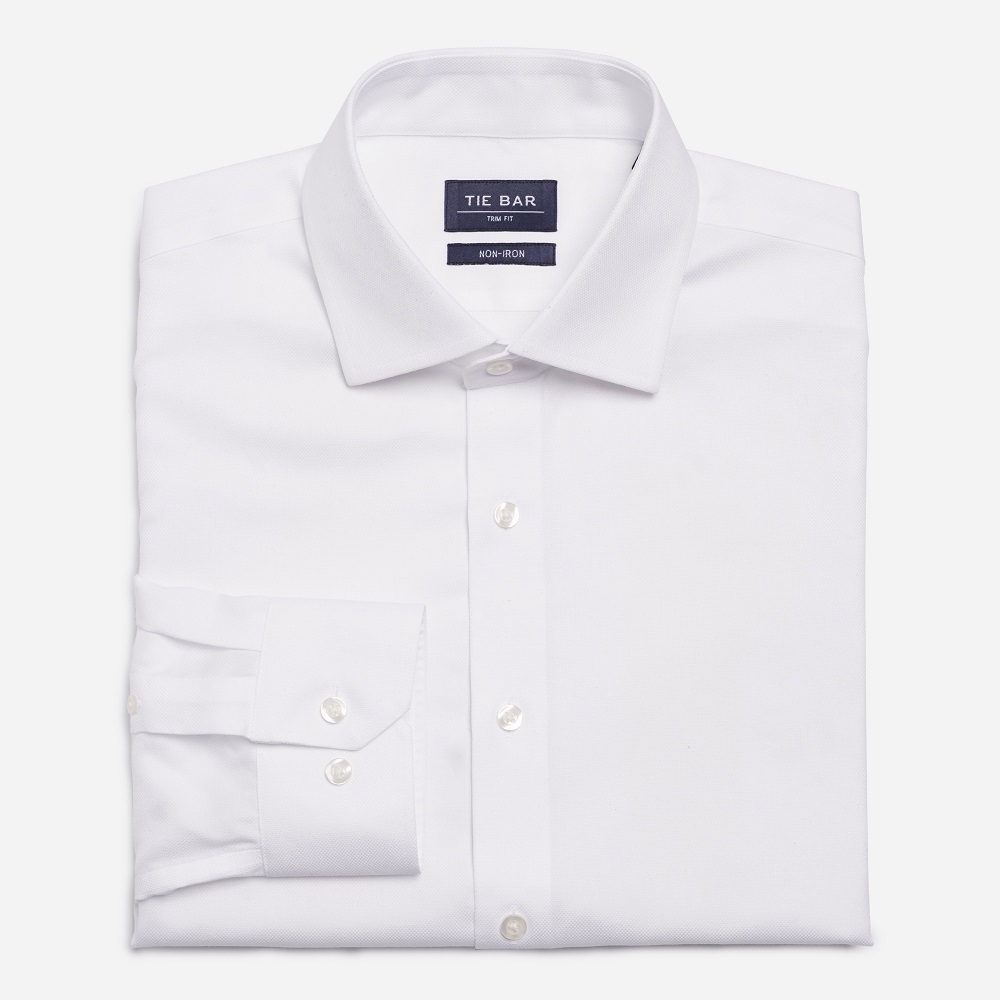Sometimes, a favorite shirt can shrink in the wash or simply feel too snug. Instead of discarding it or living with discomfort, you may want to stretch it back to a more comfortable size. Fortunately, there are various methods to help stretch out a shirt without damaging the fabric. This article will provide practical tips and techniques for successfully stretching a shirt, ensuring you can enjoy your clothing for years to come.
In This Article
Understanding Fabric Properties
Types of Fabric
Before attempting to stretch a shirt, it’s essential to understand the type of fabric it’s made from. Different materials react differently to stretching. Cotton, for instance, is known for its natural ability to stretch and relax. In contrast, synthetic fabrics like polyester may not stretch as easily or may require additional methods to avoid damage. Therefore, knowing your shirt’s fabric content will help you choose the best stretching technique.
Blends of cotton and polyester are also common in shirt manufacturing. These blends often offer a combination of comfort and durability. Specific methods may work better for these fabrics, depending on their composition. Always check the care label to understand how the fabric is treated and how much stretching can be safely achieved.
Shrinkage and Stretching
It’s also important to recognize the difference between shrinking and stretching. Shirts can shrink due to heat exposure during washing and drying. On the other hand, stretching involves manipulating the fibers to increase the garment’s size. When stretching a shirt, be mindful of how the materials behave. Some fabrics have a memory and will revert to their original size when not maintained under tension. Keeping these concepts in mind will help in determining the appropriate approach to take.

Preparation for Stretching
Gather Your Supplies
Before you start the stretching process, gather the necessary supplies. You may need a spray bottle filled with water, a towel, a flat surface for laying the shirt, and a measuring tape for accurate assessment. Having these items organized will simplify the process and enable a smooth experience.
Also, consider using baby shampoo or fabric conditioner as part of the stretching process. These products can help relax the fibers in the fabric, making it more pliable. If you plan to use heat, such as an iron or a steamer, make sure they are handy too. Preparing everything in advance will streamline the stretching process, ensuring you achieve the best results.
Inspecting the Shirt
Before beginning to stretch the shirt, examine it carefully. Look for areas with seams or embellishments that may be sensitive to tension. If the shirt has delicate areas or weak seams, take extra care when stretching those parts. It’s wise to note the fit and any specific areas that require more attention during the stretching process.
Measuring the shirt can also be helpful. Taking accurate measurements of the bust, waist, and length will allow you to see how much stretching has taken place after the procedure. This can help you gauge whether additional stretching is needed or if the desired fit has been achieved.

Methods for Stretching a Shirt
Soaking Method
One of the most gentle methods for stretching a shirt is the soaking method. This approach involves soaking the garment in warm water mixed with fabric conditioner or baby shampoo. Start by filling a sink or basin with warm water and adding a few tablespoons of your chosen product. Ensure that the water is not boiling but is warm enough to help relax the fibers.
Submerge the shirt in the solution, gently pressing it down so that it absorbs the liquid. Let it soak for about 30 minutes. This process helps to relax the fibers and prepares them for stretching. After soaking, carefully wring out the shirt without twisting it too harshly, as this can damage the fabric.
Once the shirt is damp but not dripping wet, lay it flat on a clean towel. Gently stretch it by pulling outwards at the seams and sides, focusing on areas that feel tight. Use your hands to create tension without overstretching, which may cause damage. After achieving the desired fit, let the shirt air dry flat.
Spray and Stretch Method
Another effective technique involves using a spray bottle filled with water. Begin by dampening the areas of the shirt that you want to stretch. The water will relax the fabric pliability, making stretching easier. Use a gentle mist to ensure that the fabric does not become overly saturated, as this can make the garment heavy and difficult to manage.
After misting, gently pull the fabric in different directions. Focus carefully on the tighter areas, ensuring you hold the fabric taut while working to avoid putting too much strain on the stitching or seams. You can repeat this process multiple times if necessary. After stretching, allow the garment to dry on a flat surface in its stretched state.

Using Heat to Aid Stretching
Steam Method
Utilizing steam can help facilitate stretching without damaging the fabric. Start by setting your iron to a steaming option or using a handheld steamer. Hang the shirt on a hanger, ensuring it is accessible for steaming. With the steam function enabled, carefully direct the steam onto the areas of the shirt that need stretching.
As you apply steam, gently tug the fabric to relieve any tightness. This method is especially useful for stubborn areas, such as the hem and sleeves. The warmth of the steam will soften the fibers, making them easier to manipulate. When finished, allow the shirt to cool in its newly stretched state.
Ironing Method
The ironing method can also be effective for clothes made from cotton and other heat-friendly fabrics. Begin by spraying a little water on the shirt or using the steam option on the iron. While the shirt is damp, use the iron on medium heat to gently press the fabric and stretch it further.
It is crucial to move with care when using this method. Briefly run the iron over the stretched areas, and be cautious not to apply too much pressure. Moving the iron smoothly will help flatten and stretch the fabric without causing damage. When you’re satisfied with the fit, allow the shirt to cool down before wearing it.

Sustaining Stretch After Adjustments
Maintaining the Shape
Once you’ve successfully stretched your shirt, it’s vital to maintain its new shape. Handling the shirt properly in the future will help preserve the adjustments made. Whenever washing the shirt, avoid using high heat settings in the washer and dryer, as these can reverse your hard work and cause shrinkage.
Instead, wash the shirt in cold water and use a gentle detergent. Line drying or air drying the shirt can also be a beneficial approach, as the weight of the wet fabric will help it maintain the newly adjusted size. Take care to store the shirt flat or hanging to prevent any unnecessary creasing or retraction.
Avoiding Over-Stretching
While it may be tempting to stretch the fabric repeatedly, this practice can lead to irreversible damage. Cotton fibers can lose their strength and elasticity if overstretched too frequently. To avoid this outcome, only stretch the shirt when absolutely necessary. Understand when to accept that a shirt should remain as it is, and consider exploring other clothing options for variety.
Additionally, consider how often you engage in situations where stretching might be necessary. If you regularly find yourself needing to adjust shirts, it may be worth investing in clothing that better suits your body type from the start. Knowing when to stretch and when to invest wisely will contribute to a more satisfying wardrobe overall.

Alternative Stretching Techniques
Professional Alterations
If stretching the shirt yourself does not yield satisfying results, consider seeking professional help. Tailors and seamstresses have experience working with various fabrics and can make precise adjustments to your garment. They can provide effective alterations without causing damage to the shirt.
Additionally, consulting a professional about the best approach to stretching can provide valuable insight and solutions. A skilled tailor may also suggest adding side panels or other design elements to achieve the fit without compromising the integrity of the garment.
Embracing Clothing Hybrids
Another option for those who frequently find themselves needing adjustments is to explore hybrid styles. Many brands offer clothing designed with adjustable features or elastic fabrics that accommodate various body types. Investing in these styles can help minimize future concerns about stretching, ensuring a better fit every time.
For instance, tops with stretchable fabric blends or garments featuring adjustable elements like drawstrings can provide more versatility. Buying clothes specifically designed for comfort can greatly improve your wardrobe and reduce the need for stretching in the first place.
Enjoying Your Perfectly Fitted Shirt
How to stretch out a shirt? Stretching a shirt can breathe new life into a beloved garment, allowing you to enjoy it for years to come. By following the methods outlined in this article, you can safely stretch and adjust your shirts without risking damage. Understanding the properties of the fabric and choosing the right techniques will lead to successful results.
With patience and care, stretching your shirt to achieve the perfect fit can transform your wardrobe. Whether you’re using soaking techniques, steam, or professional alterations, the key is to handle your clothing gently and thoughtfully. By implementing these practices, you will not only extend the life of your favorite shirts but also enhance your overall clothing experience.
Take the time to enjoy your clothing again with proper fitting. The confidence that comes with wearing something that fits perfectly is unmatched. Embrace the joy of a well-fitted shirt, and carry forward these techniques to help maintain a wardrobe that reflects your style and comfort.


